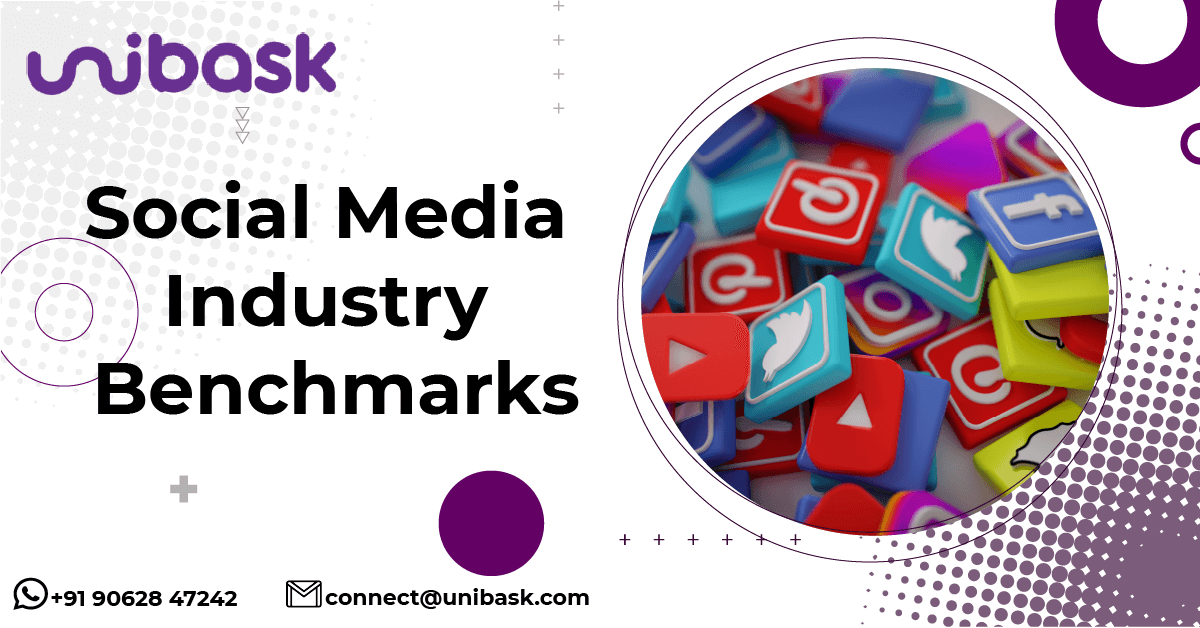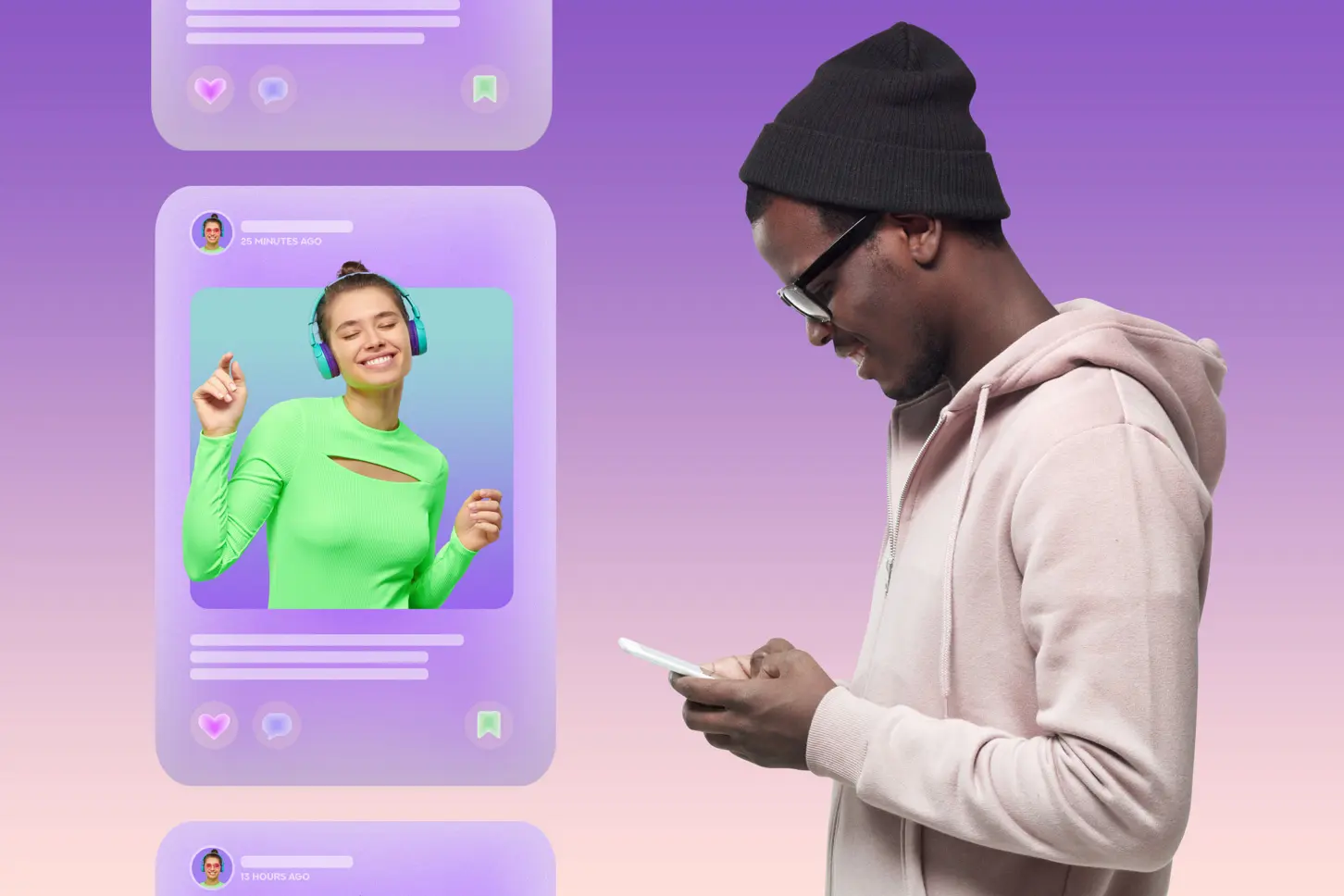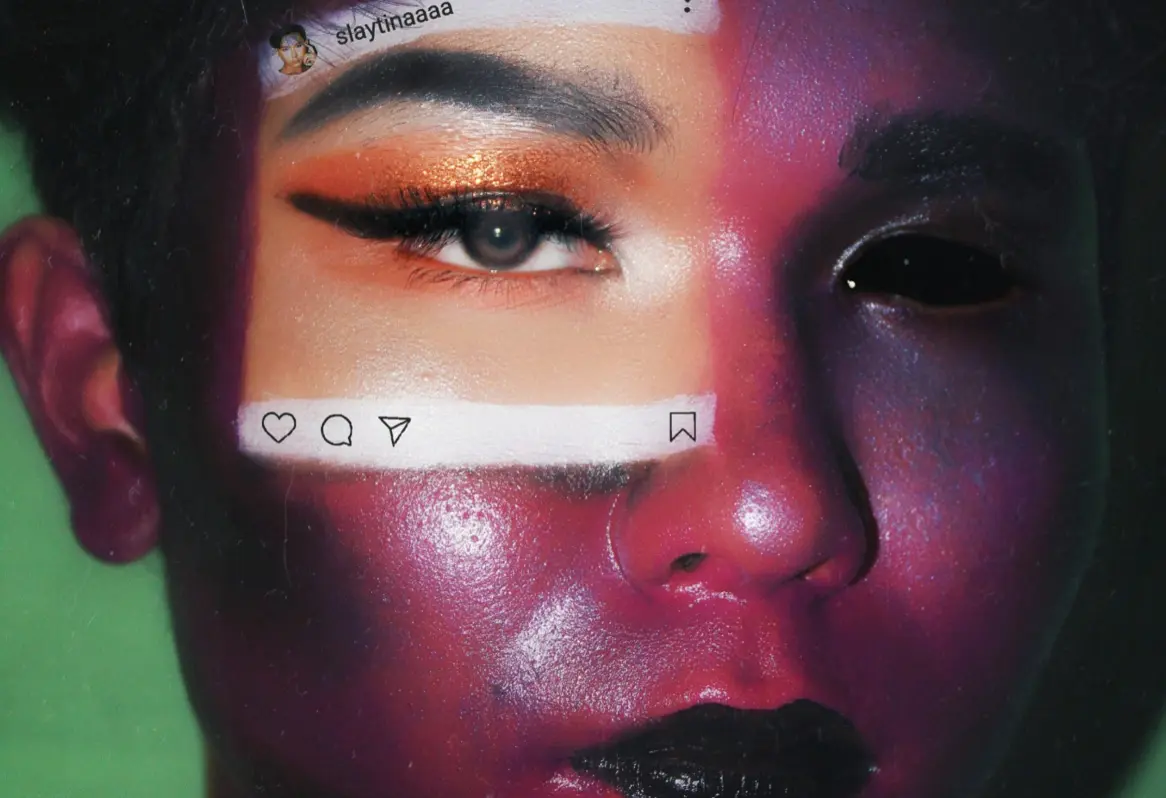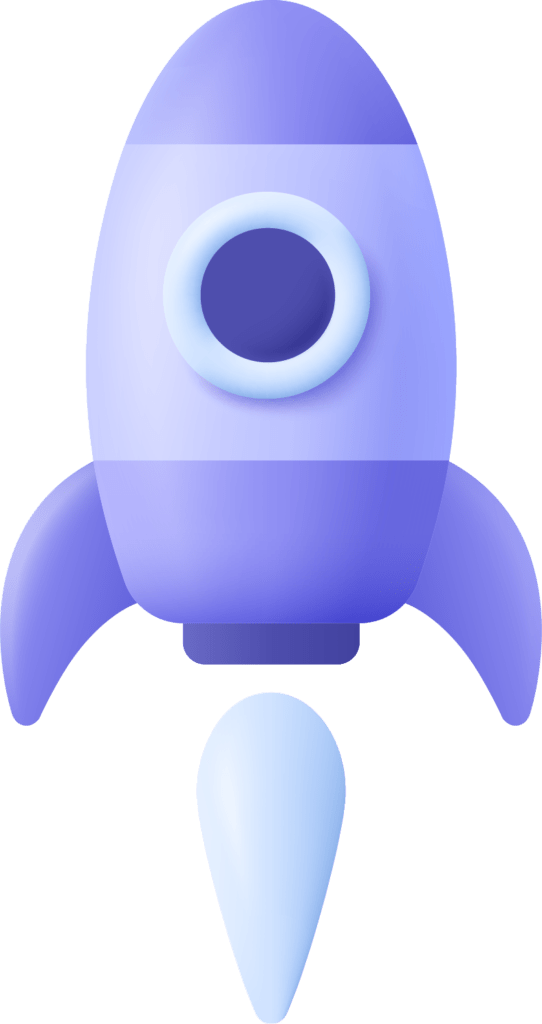There’s no doubting that social media has taken over the internet world. Over four billion individuals worldwide use the Internet, and over three billion of them utilize social media. Therefore the average social media engagement rate will be quite obviously high.
With so many users on social media, it’s no surprise that many businesses have discovered that utilizing the reach of social media means connecting with a sizable section of the potential market.
Anyone who overlooks social media in favor of traditional advertising channels such as television and radio risks losing relevance as these platforms’ popularity declines. Choosing to engage in social media and internet marketing in this field means venturing into uncharted territory. Hashtags, shares, retweets, and a slew of new data and monitoring measures combine to create a difficult marketing environment. One of the main problems is how other than tracking sales, you evaluate your success. How can you determine how well your social media marketing is doing in comparison to your competitors?
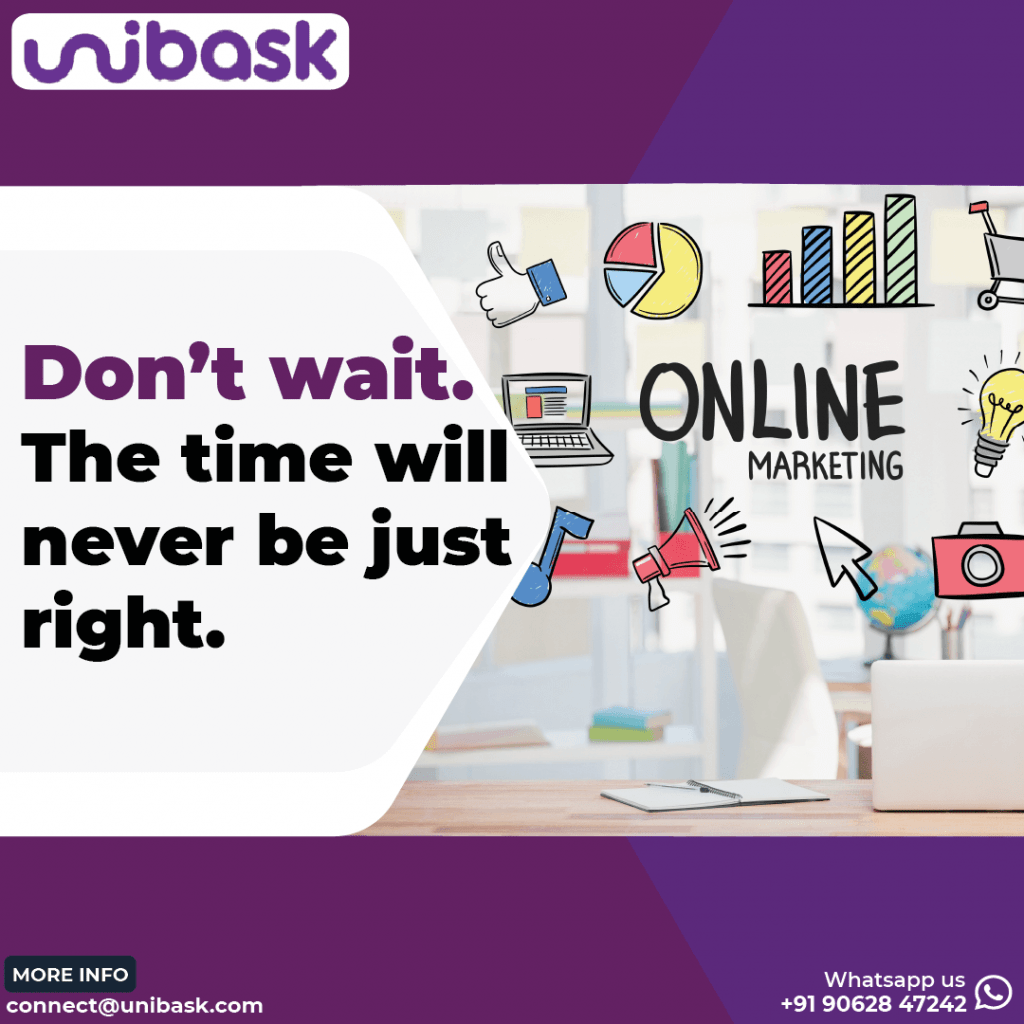
We’ll break it down for you and explain three key social media benchmarks to keep an eye on across many platforms and sectors.
There are a few critical engagement measures that can assist illustrate how distinct business standards are doing. These indicators are a combination of what a social media account holder does and how the audience reacts to those activities. You should look at the following metrics:
1. Frequency of Posting
How much material does your social media platform generate? Post frequency can be expressed in terms of posts per day or posts per week. It’s an important beginning point for determining your effectiveness. If you notice no loss in engagement with fewer posts per week or an increase in interaction with more posts per day, this is critical information for developing your marketing plan to achieve at least an average social media engagement rate.
2. Top Hashtags and Trending Topics
This isn’t true for all social media sites, but it is quite important on Twitter and Instagram. The term “hashtag” refers to the usage of the “#” key followed by a word, such as “#hashtag.” When you add a hashtag to a word or phrase, it becomes searchable. Paying close attention to hot hashtags on Twitter or Instagram is an excellent approach to capitalize on that trend. The usage of hashtags strategically can provide positive outcomes.
3. Rate of Engagement
This measure changes greatly depending on the Internet environment. Because the engagement rate is all about evaluating involvement, likes and re-shares on Twitter would be considered forms of engagement. On Facebook, comments, shares, and other interactions are considered engagements and for YouTube, the engagement metrics rate depends on the time spent watching a video, likes, and subscription.
A website, for example, may measure engagement rates such as time spent on a certain page, scroll depth, or contacting or commenting on the website.
All of these indicators may be used in some form or another across several social media platforms, but their consequences vary greatly depending on the business and the platform.
2020 Social Media Industry Benchmark report has shown that industries were yielding an average Twitter engagement rate of just 0.07%. An average Facebook engagement rate by industry each post of only 0.27 percent, implying that it isn’t doing any better.
Despite the fact that Facebook is not the leader in social media marketing, past data reveals that marketers continue to rely on it to achieve ROI.
According to Rival IQ benchmark 2020, marketers across all sectors post an average of 5.5 posts each week on Facebook. This outnumbers both Instagram (4.0 posts) and Twitter (4.4 posts), suggesting that the vast majority of marketers continue to rely on this well-known medium on a regular basis.
Social media success is about much more than collecting the most comments or likes: it’s about boosting interaction while also expanding or retaining the percentage of your audience that participates as your audience grows.
You can better anticipate your return on investment using the statistics of social media engagement rate benchmark 2021 in 2022 by establishing budget models based on recognized social media ctr benchmarks and digital media click-through prices.
If you’re searching for a marketing strategy to reach and gain more clients, why not schedule a free consultation to get started? Identify your issues and brainstorm ideas that will work for your company with us and obtain more than your average social media engagement rate.
Frequently Asked Questions :
What is a good engagement rate on Social Media 2021?
Social media engagement rate benchmark 2021 ranging from 1% to 5% The majority of social media marketing professionals feel that a healthy engagement rate is between 1% and 5%. The more followers you have, the more difficult it is to reach your goals.
What is a decent Facebook engagement rate in 2021?
Above 1% engagement is considered good; 0.5 percent -0.99 percent engagement is considered average, and less than 0.5 percent engagement most likely indicates that you need to realign your messages to your audience’s expectations in order to attract more compelling and engaging messages from your community members.
What exactly is a high CTR?
A high CTR indicates that people find your adverts and listings to be useful and relevant. CTR also adds to the predicted CTR of your term, which is a component of Ad Rank. It’s important to remember that a decent CTR is dependent on what you’re advertising and which networks you’re advertising on.
Is a greater CTR preferable?
The greater your click-through rate (CTR) in Google Ads, the higher your rating and the cheaper your charges. The proportion of total ad views that result in clicks is known as the click-through rate, and it is one of the important elements in Google’s Quality Score calculation.
What exactly is a social media analytics tool?
Social media analytics tools are pieces of web application analysis software that are used to monitor, analyze, and ultimately enhance the performance of social media platforms.

